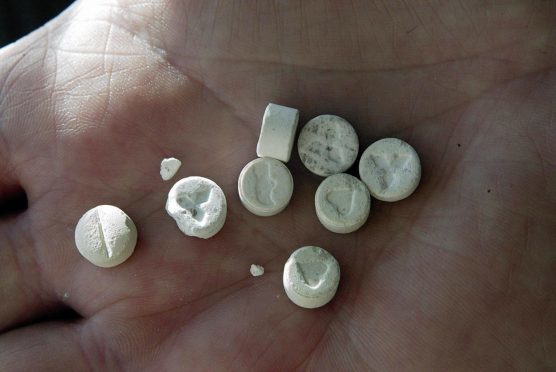Police say that English crime gangs are using school children to sell Class A drugs as they target rural communities in Scotland.
The force issued the warning following a recent crackdown on crooks who are preying on vulnerable people in the Highlands, Perthshire and Aberdeenshire to run their illegal enterprise.
It has now emerged that dealers have been using youngsters to move the illegal substances in rural areas.
Young people, often those who have been through the care system, are tricked into moving packages for money and are often unaware of there contents.
Last week, six men and two women were arrested and more than £30,000 worth of drugs was seized as police tackled the problem.
Officers visited 18 addresses during the operation to address “cuckooing”, a practice where the homes of vulnerable people are taken over to stash cash, drugs and guns.
At least one such adult was identified by the police during the swoop.
One bladed weapon was recovered and £2,560 in cash was confiscated during the operation.
North East MSP, and Scottish Conservative shadow justice secretary, Liam Kerr, last night praised the success of the probe.
He said: “Cuckooing has a horrendous effect on vulnerable people.
“Foiling these operations requires intensive cooperation between Police Scotland and colleagues in the English constabularies.”
Over the last few years, there has been a rise in reports of gangs from Merseyside flooding the north of Scotland with drugs.
In recent months police have stepped up their efforts to tackle “county lines” crimes, referring to crooks from major cities who expand their drugs networks to other areas.
The term refers to the use of a single telephone number to order drugs, which is operated remotely.
Crimestoppers says it has seen a 600% rise in Scottish “county lines”-related calls from January to September this year compared to the same period in 2018.
Illegal drugs have had a devastating effect on Scottish communities with 1,187 deaths linked to substance abuse last year.
The figure is the highest since records began and means Scotland has the highest drug death rate in the EU.
